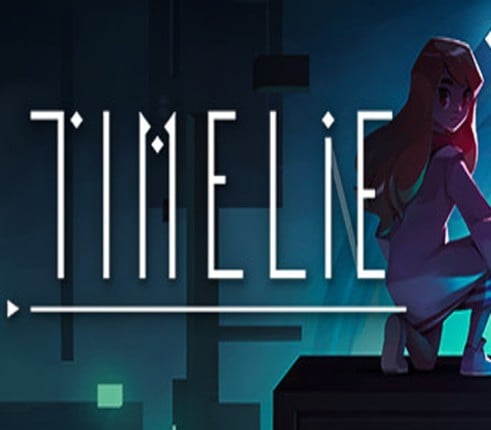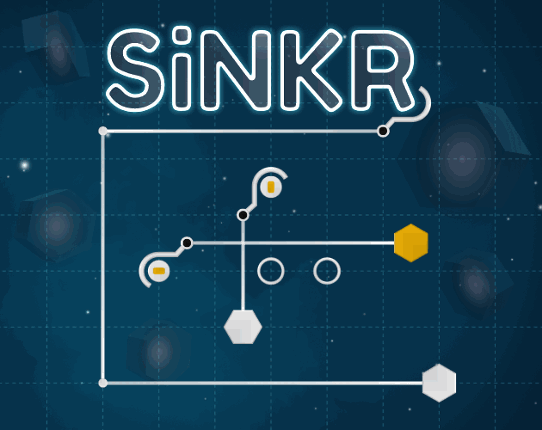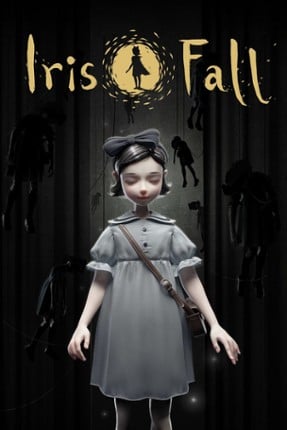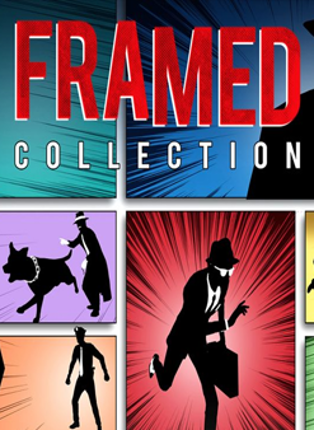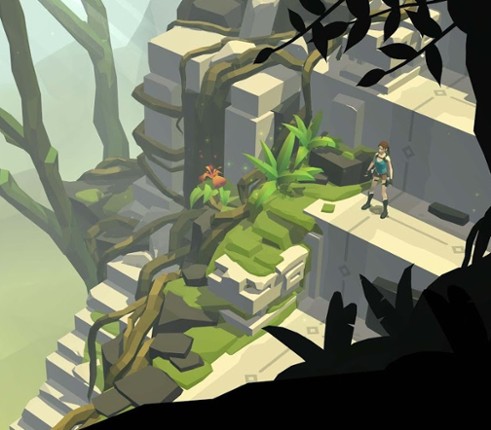- March 28, 2018
- Diceroll Studios
Umiro
Platforms
About
Umiro is a single-player adventure game with a good story, amazing graphics, and over forty handcrafted levels. As Huey and Satura, you must restore color to the world of Umiro, recover sacred crystals, and regain your memories. Solve puzzles to progress or take risks to collect yellow crystals and unlock deeper mysteries.
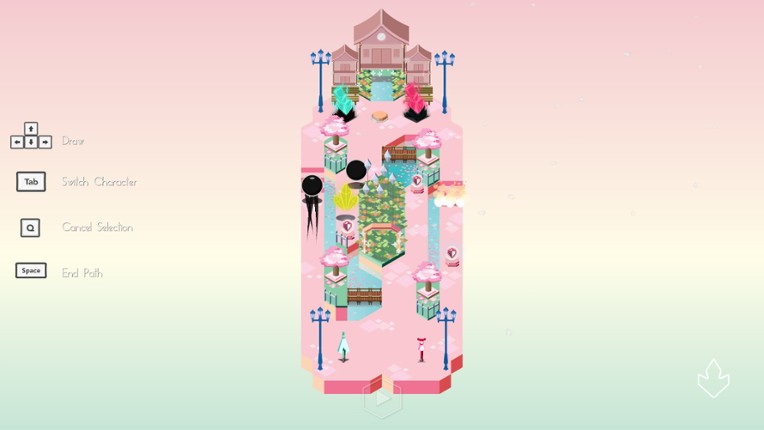
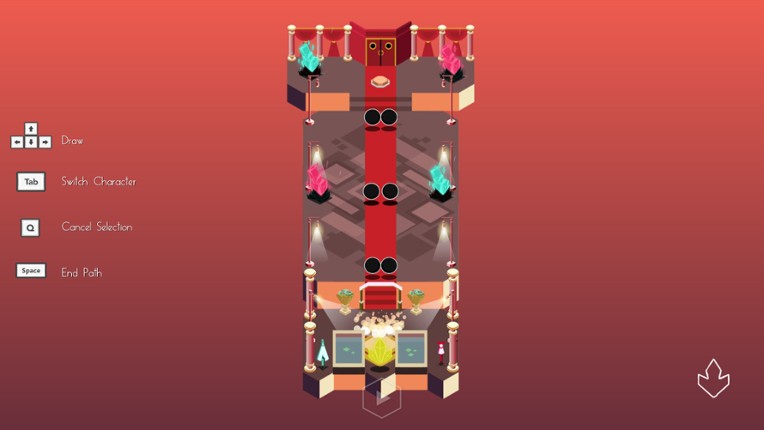
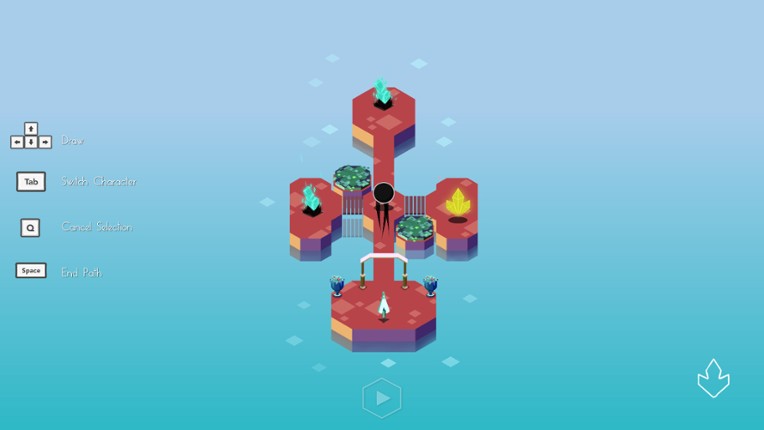
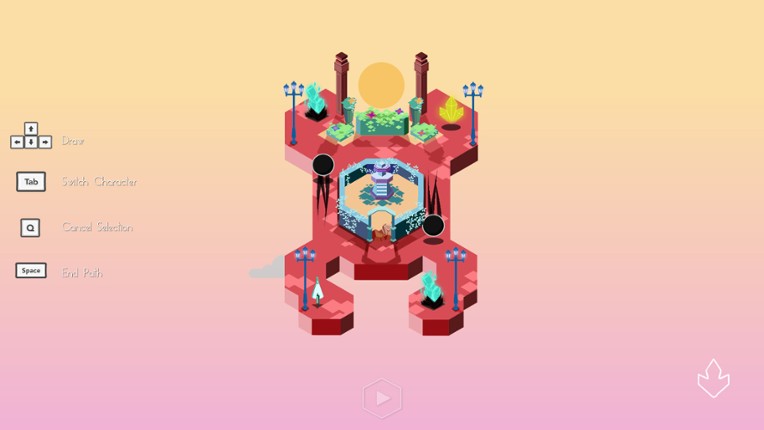
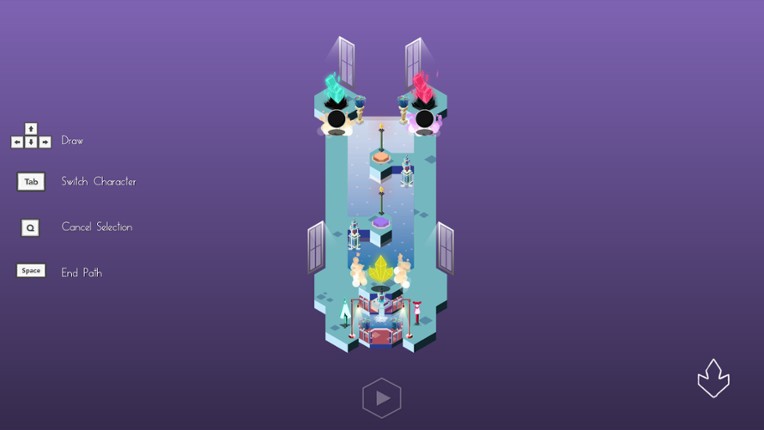
- Challenging and engaging puzzle mechanics that require strategic planning and timing.
- Beautiful minimalist art style and relaxing soundtrack that enhance the overall experience.
- Well-balanced difficulty curve that keeps the gameplay interesting without becoming overly frustrating.
- Gameplay can feel overly reliant on trial and error, leading to frustration due to timing issues with moving obstacles.
- The game is relatively short, which may leave players wanting more content.
- Technical issues related to mouse controls and the mobile port nature of the game detract from the overall experience.
- gameplay60 mentions Positive Neutral Negative
The gameplay features classic puzzle mechanics that are well-executed, offering a balanced difficulty curve that keeps players engaged without frustration. Players navigate through 4 chapters with 10 levels each, plus bonus levels, utilizing an original path-drawing mechanic to control two characters simultaneously. While the game has charm and polished design, some users noted issues with mouse tracing mechanics and glitches that detracted from the overall experience.
“In terms of game design, the core of the puzzle mechanics is fairly classic, but it’s well executed, with a difficulty curve that is finely balanced—challenging without being frustrating or boring.”
“The core gameplay and its level design seem to align with the game's message: recovering memory and remembering is a difficult process.”
“Interesting main mechanic (you give both characters a path to follow and they walk at the same time) and nicely designed levels.”
“I experienced some glitches such as shields not working and some cases of inconsistent mechanics making things not perform as they should, which soured me on the game very quickly.”
“What looks like a nice little puzzle game in screenshots actually has one of the worst gameplays I've seen in a while.”
“The bigger crime of this game though is that the primary gameplay loop of drawing paths simply is not fun.”
